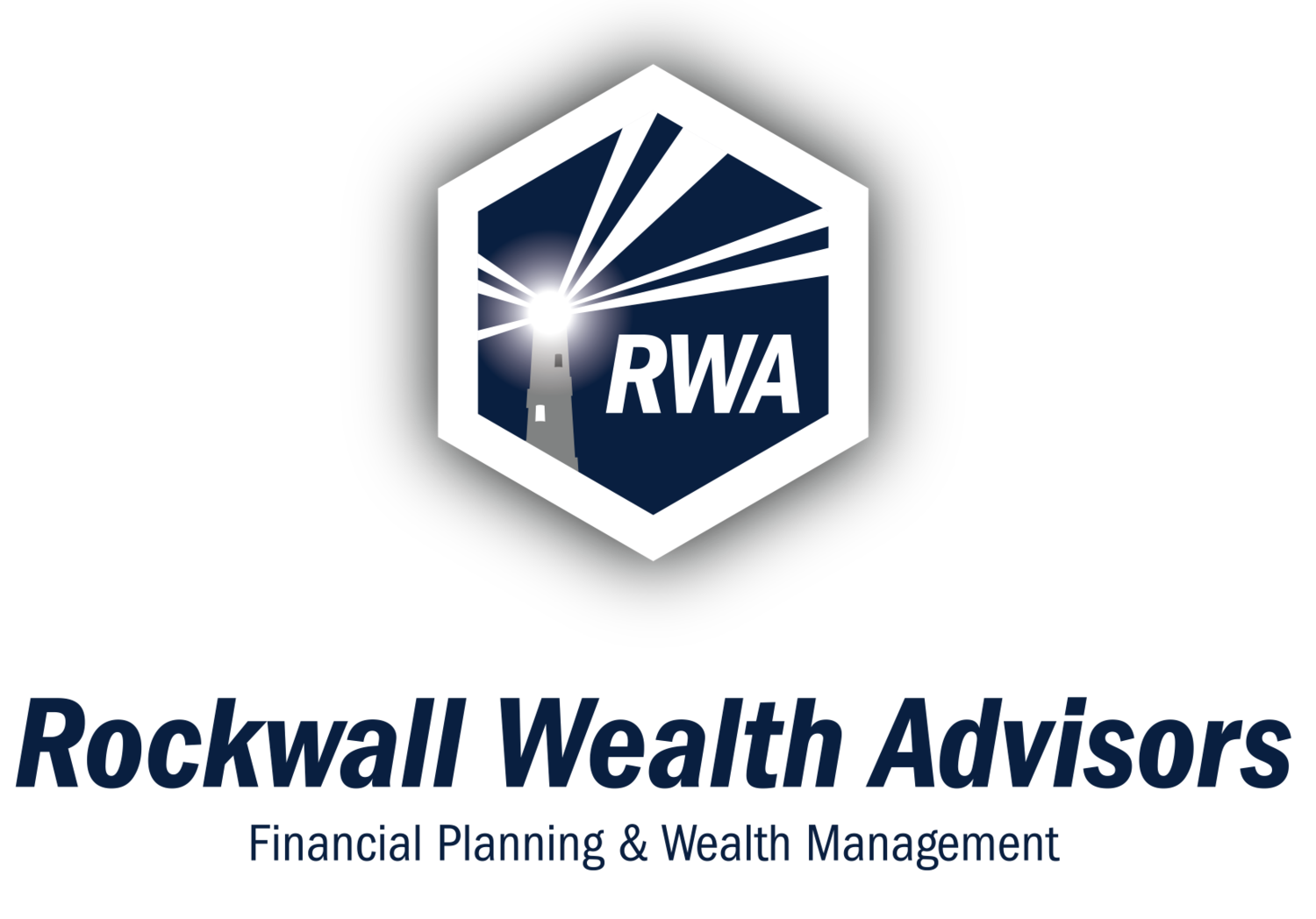Five Years or Less from Retirement — Comprehensive Checklist
Are you counting down the days to retirement, with five years or less to go? This exciting phase of life is just around the corner, and thoughtful preparation now can set you up for a smooth and fulfilling transition. Our comprehensive checklist, "5 Years or Less from Retirement," is designed to guide you through the essential steps to take control of your financial, personal, and lifestyle planning. Whether you're dreaming of travel, hobbies, or simply more time with loved ones, this checklist will help you prioritize and organize your next steps.
Please note that this checklist offers general guidance and should not be taken as financial advice. Everyone’s circumstances are unique, so consider consulting with a financial advisor or professional to tailor a plan that fits your specific needs and goals. Let’s dive in and start building your path to a confident retirement!
1. Clarify Your Retirement Vision
Define target retirement date and desired lifestyle (part-time work, travel, relocation, volunteering, etc.).
Estimate monthly expenses in retirement — include essentials, discretionary spending, and occasional large purchases.
Discuss plans with your spouse/partner to ensure alignment.
2. Fine-Tune Your Financial Plan
Project retirement income from all sources:
Social Security (get statement at ssa.gov)
Pension(s) or annuities
401(k), 403(b), IRA, Roth accounts
Non-retirement investment accounts
Rental income or business income
Run retirement cash flow projections with realistic assumptions for:
Inflation
Investment returns
Longevity (plan to age 90–95 as a safeguard)
Stress-test your plan for market downturns, high medical costs, and unexpected expenses.
Identify any income gap and strategies to close it (saving more, delaying retirement, downsizing, part-time work).
Consider tax strategies:
Roth conversions before RMD age (currently 73)
Managing which accounts to draw from first
Charitable giving strategies like QCDs (Qualified Charitable Distributions)
3. Social Security Planning
Review your Social Security earnings record for errors.
Decide when to claim:
Early (age 62) — lower monthly benefit, but more years of payments.
Full Retirement Age (FRA) — age 66–67 depending on birth year.
Delayed (up to age 70) — increases monthly benefit.
Factor in spousal benefits, survivor benefits, and tax impact.
Consider longevity and family health history in decision-making.
4. Medicare & Health Care
Medicare eligibility starts at 65 (Parts A & B):
If retiring before 65 → research COBRA, ACA marketplace, or spouse’s employer coverage.
If working past 65 → check employer plan rules for when to sign up for Medicare.
Understand coverage:
Part A — Hospital insurance (usually premium-free).
Part B — Medical insurance (premium based on income).
Part D — Prescription coverage.
Medigap or Medicare Advantage — Decide which suits your needs.
Compare plans and costs at medicare.gov.
Consider long-term care insurance or alternative funding strategies.
5. Debt & Housing
Aim to pay off high-interest debt before retirement.
Decide whether to pay off your mortgage or refinance to a lower rate/shorter term.
Evaluate whether you’ll stay in your current home, downsize, or relocate — research tax implications, cost of living, and proximity to healthcare/family.
6. Lifestyle & Logistics
Test-drive your retirement budget for 6–12 months while still working.
Research hobbies, travel plans, volunteer work to stay mentally and socially active.
Update memberships, subscriptions, and recurring expenses — cancel unused ones.
7. Insurance & Risk Management
Review life insurance needs — many retirees reduce or drop coverage if no longer needed.
Ensure homeowners, auto, umbrella liability policies are up-to-date.
Evaluate disability coverage (may not be needed after retirement).
Update beneficiaries on all accounts.
8. Legal & Estate Planning
Update or create:
Will
Durable Power of Attorney (financial)
Medical Power of Attorney
Living Will/Advance Directive
HIPAA Authorization
Review and consolidate old retirement accounts if appropriate.
Consider trusts for asset protection or estate tax planning.
Ensure beneficiary designations are current — these override wills.
9. Employer & Administrative Notifications
Notify HR of your retirement date well in advance.
Ask about:
Final paycheck timing
Payout of unused vacation/PTO
Pension paperwork
Stock options or RSUs
Severance benefits (if any)
Update contact info with:
SSA
Former employers (for pension or stock benefits)
Financial institutions
Insurance providers
10. Income Distribution Setup
Decide withdrawal strategy — % of portfolio, bucket strategy, or fixed-dollar withdrawals.
Set up automatic transfers from retirement accounts as needed.
If required, plan for Required Minimum Distributions (RMDs) starting at 73 (or later if law changes).
11. Small but Important Details People Forget
Apply for any retirement-related discounts (utilities, property taxes, travel, entertainment).
Ensure all online account logins and passwords are updated and stored securely.
Keep originals of key documents (birth certificate, marriage license, SS card, military records).
Change your email address from work to personal before retirement.
Double-check tax withholding on all income sources to avoid surprises.
If relocating, file change-of-address with USPS and update voter registration.
Make a list of subscriptions & autopays tied to work accounts/cards and switch them.
12. Final Year Before Retirement
Confirm start dates for Social Security and/or pension payments.
Sign up for Medicare if eligible and select supplemental coverage.
Move retirement funds if consolidating accounts — allow time for transfers.
Practice living entirely on your retirement budget.
Schedule a final financial plan review with your advisor to lock in the transition plan.
As you stand on the cusp of retirement, these final years are your opportunity to shape a future that reflects your dreams and priorities. By following this checklist, you’re taking proactive steps to ensure financial security, personal fulfillment, and a smooth transition into this new chapter. Remember, this guidance is general and not a substitute for personalized financial advice—consult a professional to tailor your plan to your unique circumstances. Here’s to embracing retirement with confidence and excitement!

